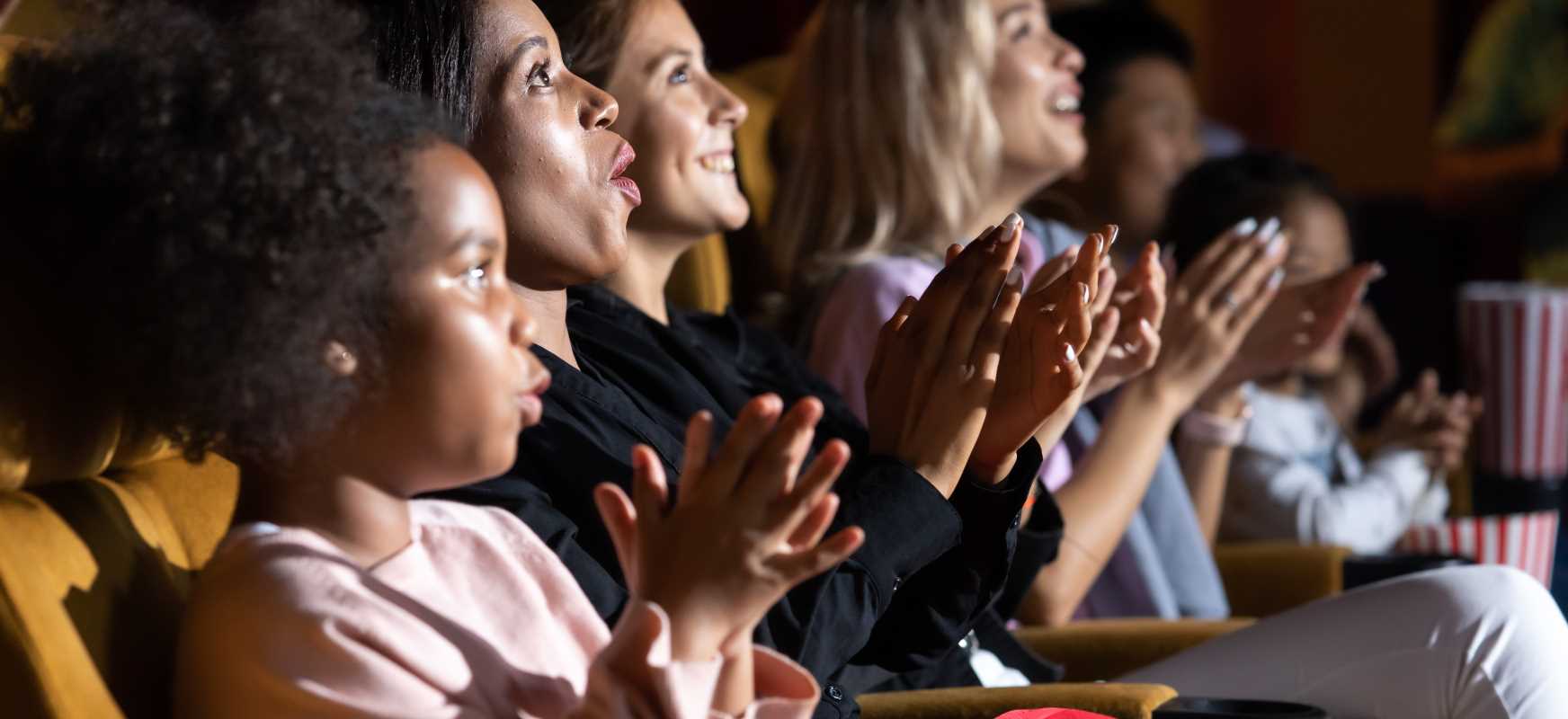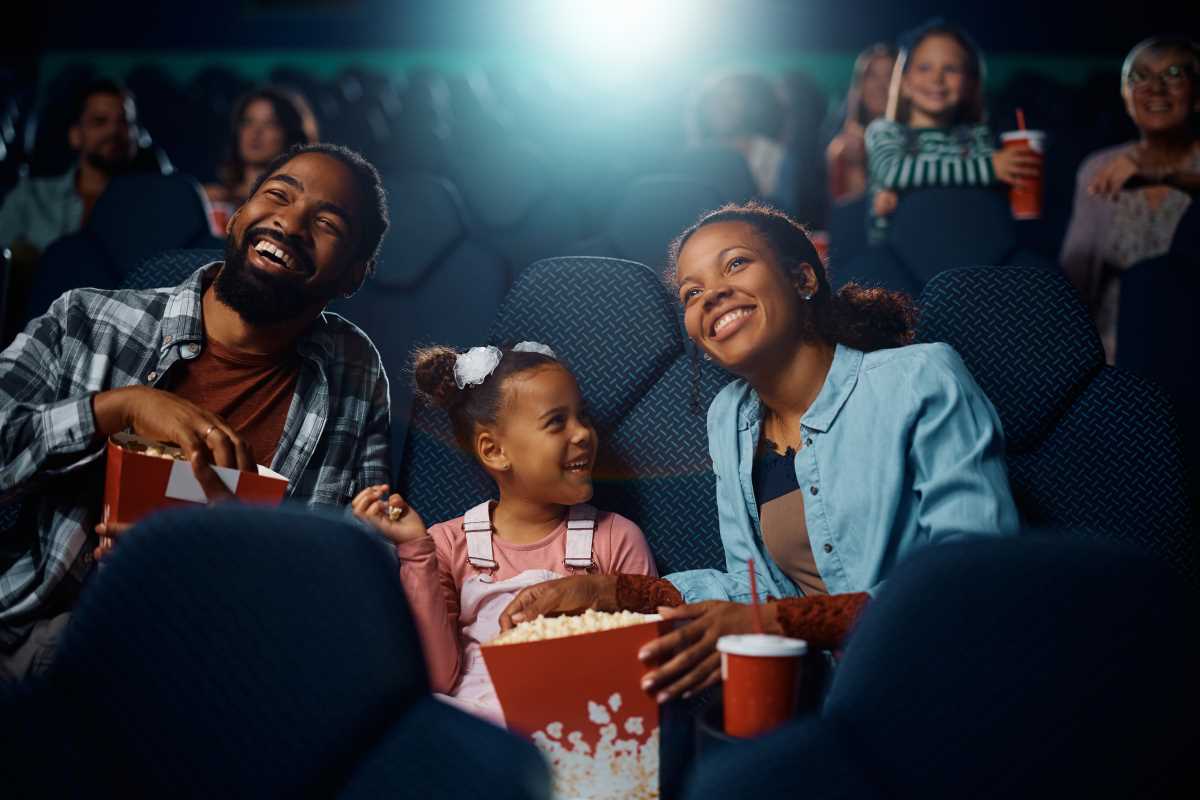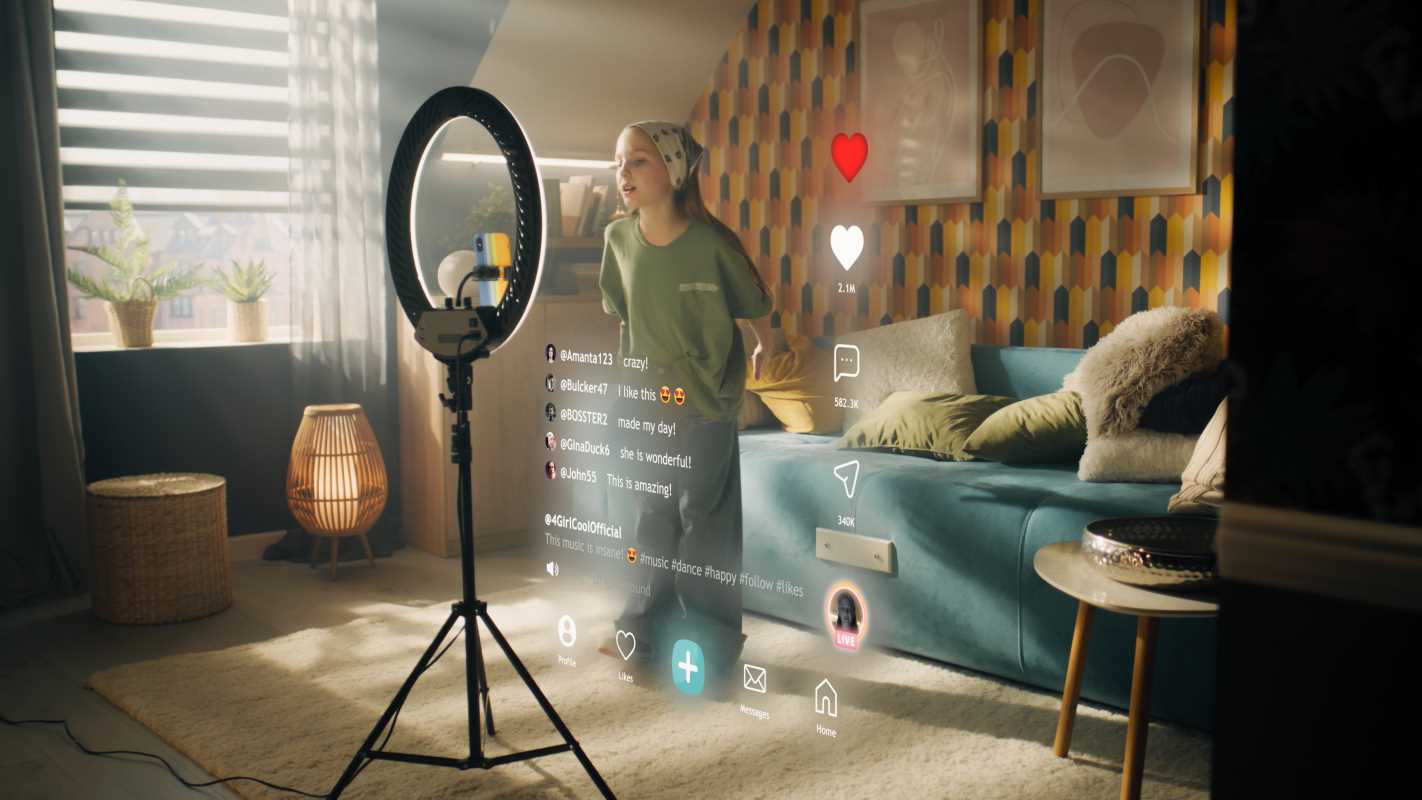For those of us who remember the thrill of a packed theater—the shared gasps and laughter, the hushed reverence for the big screen—the post-pandemic box office landscape can feel… alienating. Gen Z doesn't remember the experience: the carefully planned outings, the anticipation bubbling as the lights dimmed, the immersion in a story larger than life. But let’s be honest, the world has changed.
Streaming is no longer a novelty; it’s the dominant force. And while I, a staunch cinema purist, lament the decline of the traditional theatrical experience, I also recognize that the box office must evolve if it wants to survive. So, what are the trends shaping the box office today? It’s a complex picture, a mix of old habits and new realities.
The Blockbuster Bonanza (And the Rest)
One striking trend is the increasing dominance of big-budget blockbusters. These tentpole films—often sequels, remakes, or superhero extravaganzas—are the ones drawing crowds. They offer spectacle, visual effects, and familiar characters—the kind of experience that arguably benefits most from the big screen.
But this leaves smaller, independent films struggling for attention. The mid-budget movie, the thoughtful drama, the quirky comedy—once staples of the box office—are increasingly finding their audience on streaming platforms. The result? A polarized box office, where only the biggest films thrive, and everything else gets squeezed out.
The Streaming Surge (And Its Lingering Shadow)
The pandemic accelerated the shift toward streaming, and that genie isn’t going back in the bottle. Many viewers have become accustomed to the convenience of watching movies at home. Why brave the crowds, the parking hassles, and the inflated popcorn prices when you can stream a film from your couch?
This convenience has fundamentally altered viewing habits, forcing theaters to compete not just with each other but with the comfort and accessibility of home entertainment. Studios have responded in different ways—some sticking to theatrical exclusivity (Oppenheimer), while others experiment with hybrid releases (Dune: Part Two had an exclusive window but hit digital quickly).
The Price of Admission (And Everything Else)
Let’s talk about money. Going to the movies has become an expensive outing. Tickets, concessions, parking—it all adds up. For families, it can be a significant investment. Meanwhile, streaming services offer a month’s worth of entertainment for the price of two movie tickets.
This price disparity is a major factor in the declining attendance for non-blockbuster films. When audiences weigh the cost of a trip to the theater against waiting a few weeks for a digital release, the decision often leans toward patience.
The Changing Demographics (And Their Preferences)
The moviegoing audience is changing. Younger generations, who grew up with streaming, have different expectations and preferences. They’re more comfortable consuming content at home and less attached to the traditional theatrical experience. Theaters now have to sell the experience in a way that appeals to a generation raised on instant access.
At the same time, nostalgia-driven audiences (hello, us over-30s!) still crave the magic of the cinema. Studios are increasingly banking on this by reviving franchises (Jurassic World, Top Gun: Maverick), ensuring that theaters remain relevant—at least for now.
The Theatrical Experience (Is It Still Special?)
For many of us, the magic of the cinema is irreplaceable. The shared experience, the immersive sound, the sheer scale of the image—it’s something special. But theaters need to double down on this specialness to justify the cost and effort of going out.
Luxury seating, enhanced food and beverage options, and premium formats like IMAX and Dolby Cinema are becoming increasingly important for attracting audiences. Some theaters are even embracing interactive experiences, like themed screenings or early fan events, to make moviegoing feel exclusive again.
So, What’s the Future of the Box Office?
It’s clear that the box office needs to evolve. Here are some potential paths forward:
1. Embrace the Blockbuster Model (But Don’t Abandon Everything Else)
Theaters need to accept that big-budget films will be their bread and butter for the foreseeable future. However, they shouldn’t completely abandon smaller films. Creating dedicated screens or showtimes for independent and arthouse films could help keep diversity alive in theaters.
2. Rethink the Theatrical Window (Or Ditch It Entirely)
The traditional theatrical window—the period of exclusivity before a film is released on other platforms—is becoming increasingly irrelevant. Studios are experimenting with simultaneous releases on streaming and in theaters (Black Widow), or shortening the window to just a few weeks (The Batman hit HBO Max 45 days after theaters).
Theaters need to adapt to this changing landscape by partnering with studios instead of fighting them.
3. Focus on the Experience (Make It Worth the Trip)
Theaters need to offer something that streaming can’t replicate: a truly special experience. This means investing in:
- Premium formats (IMAX, Dolby Cinema)
- Luxury seating and dine-in options
- Exclusive screenings (fan events, early access)
- Social experiences (movie clubs, themed nights)
4. Experiment with Pricing (Find a Model That Works)
The current pricing model is unsustainable. Theaters need to experiment with different strategies, such as:
- Subscription services (like AMC Stubs A-List)
- Discounted matinees and loyalty programs
- Family and group packages to make outings more affordable
While I, and many like me, will always cherish the traditional cinema experience, we must acknowledge that the world has moved on.
But that doesn’t mean the magic of the movies has to die. If theaters want to survive, they need to adapt, innovate, and find new ways to connect with audiences in the age of streaming. Theaters can coexist with digital platforms—if they evolve to meet the demands of today’s moviegoers.
The magic of the movies deserves to live on, but it needs a 21st-century makeover.



.jpeg)
.png)
.png)

.png)